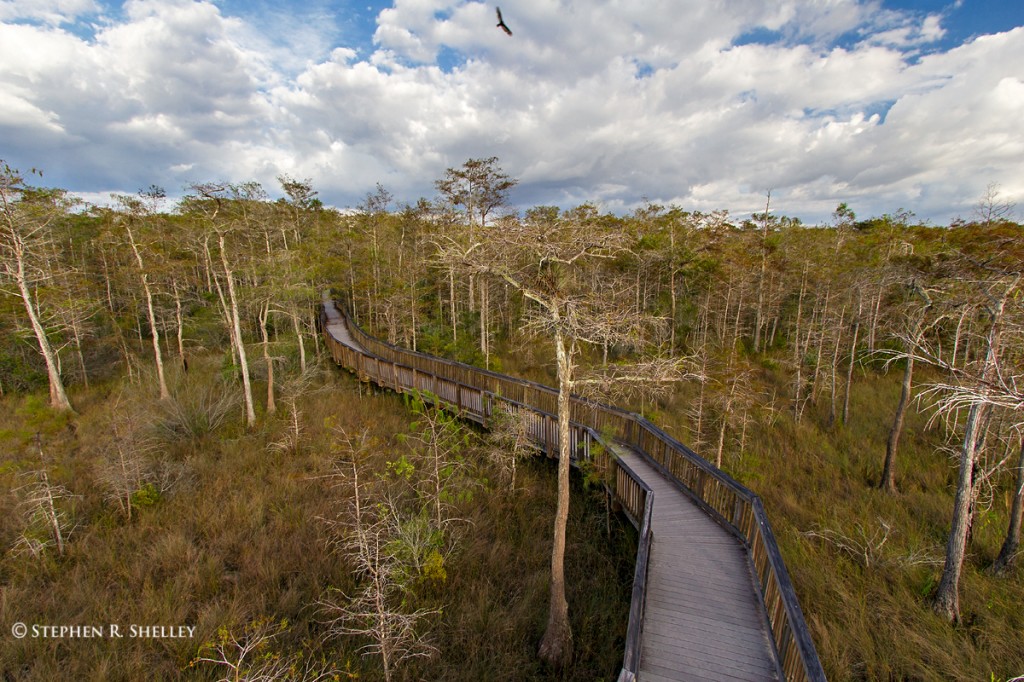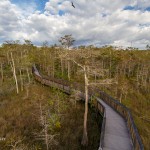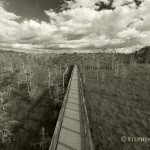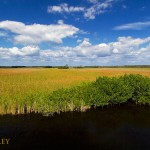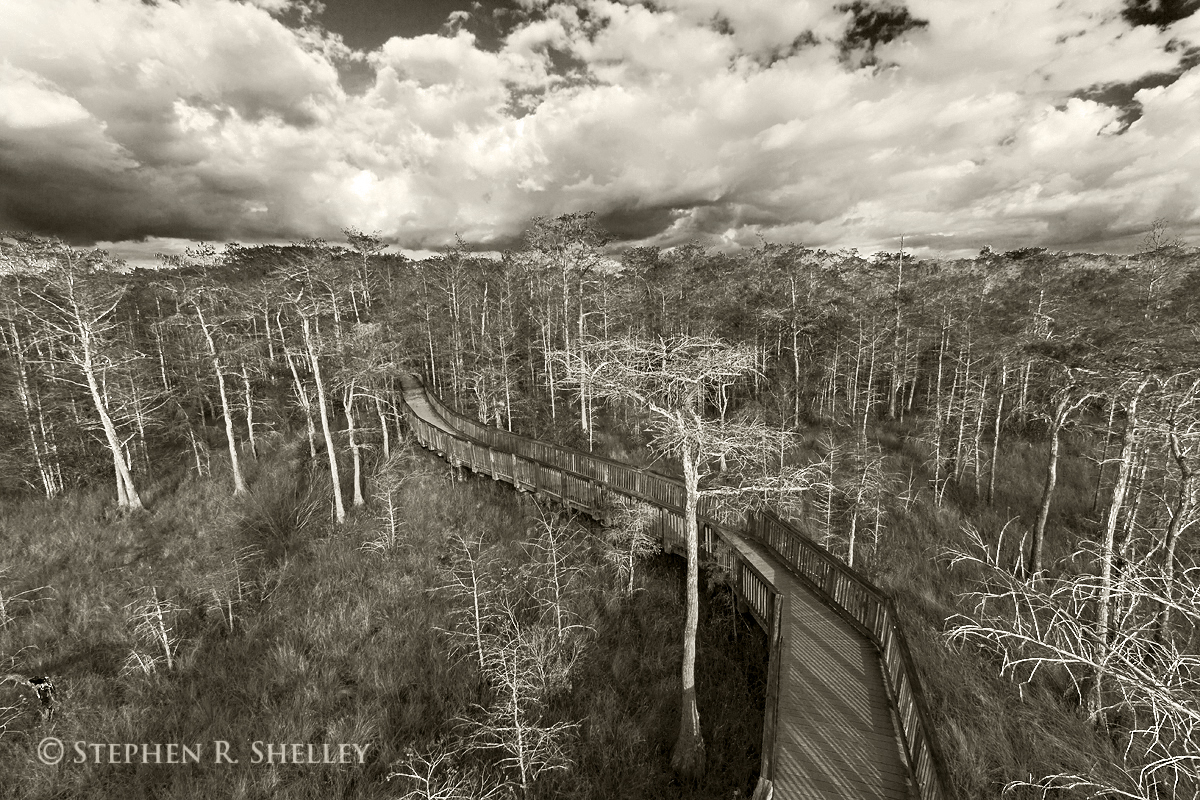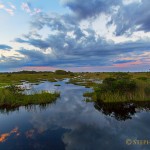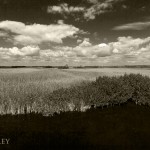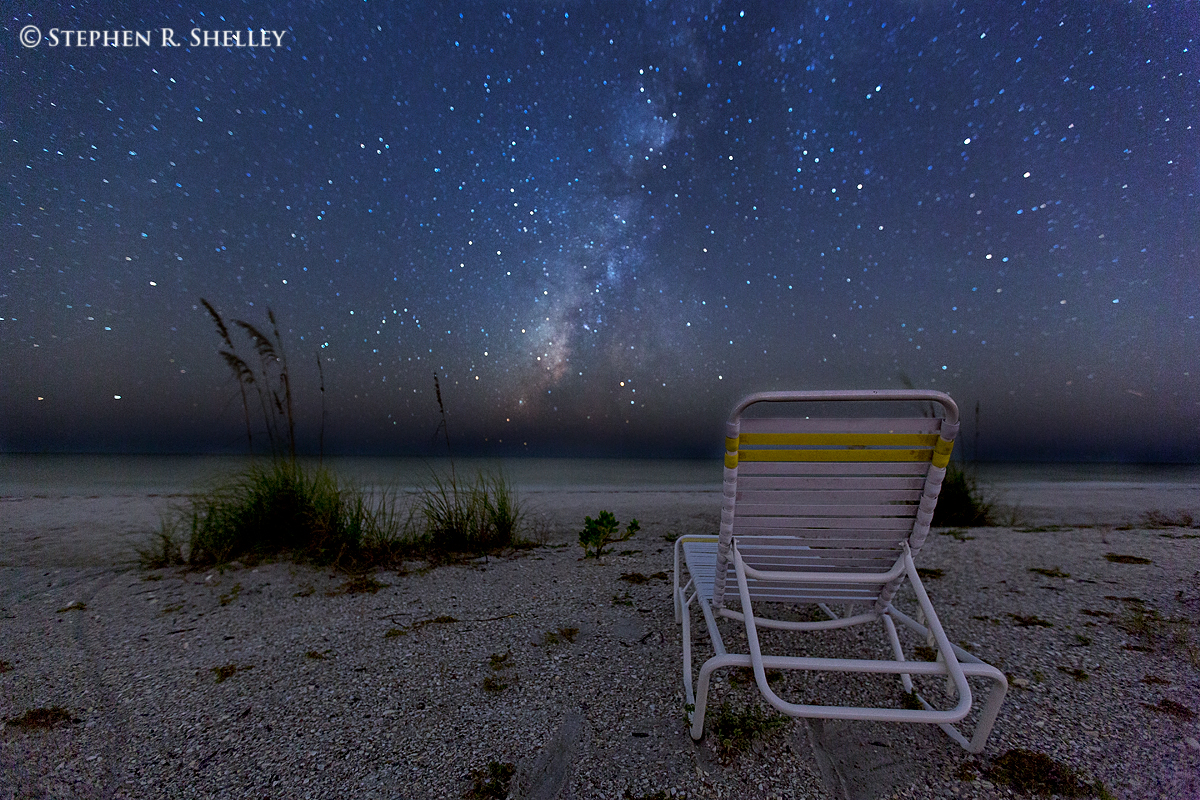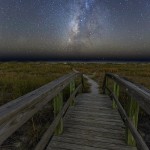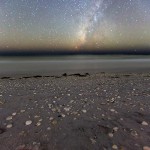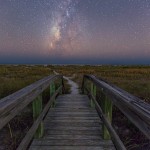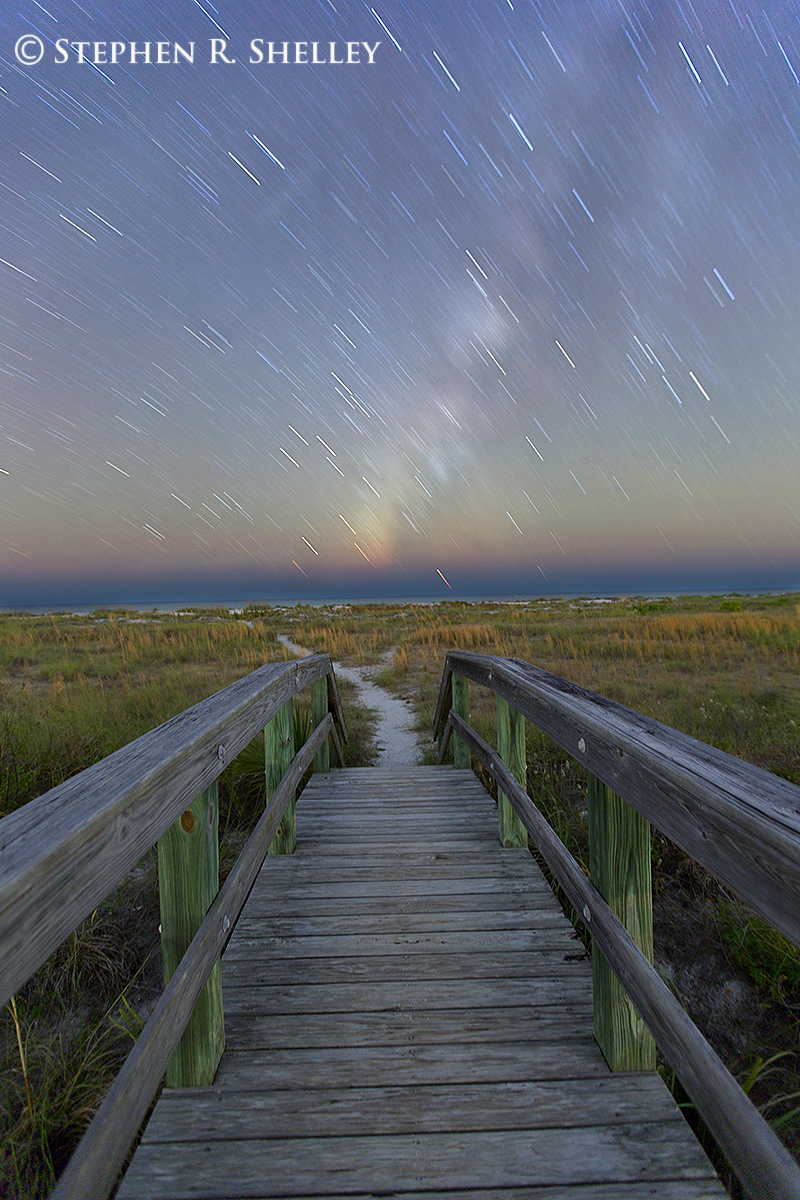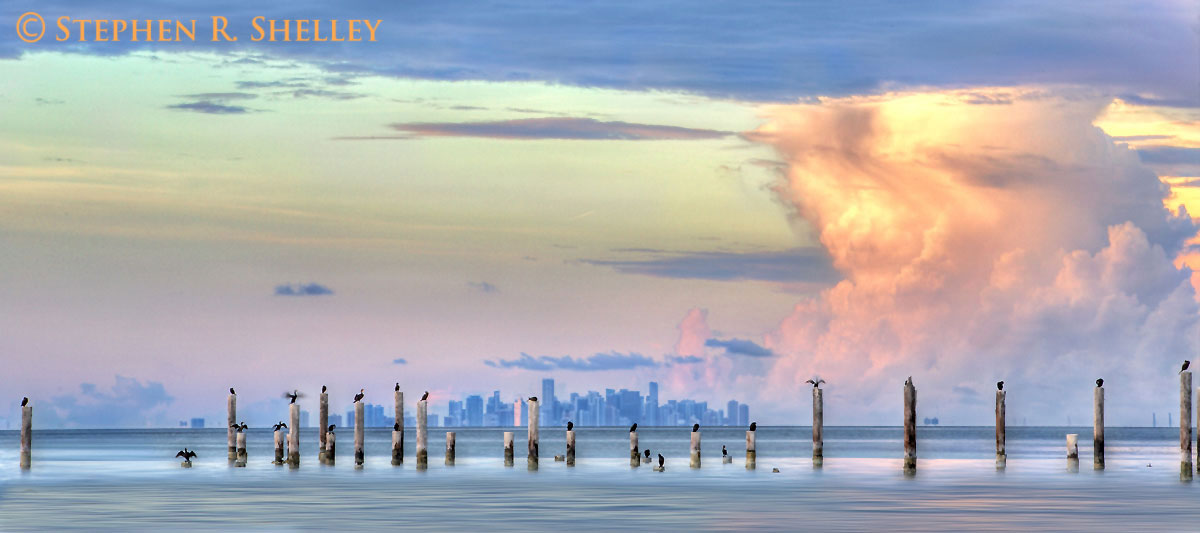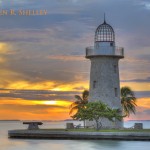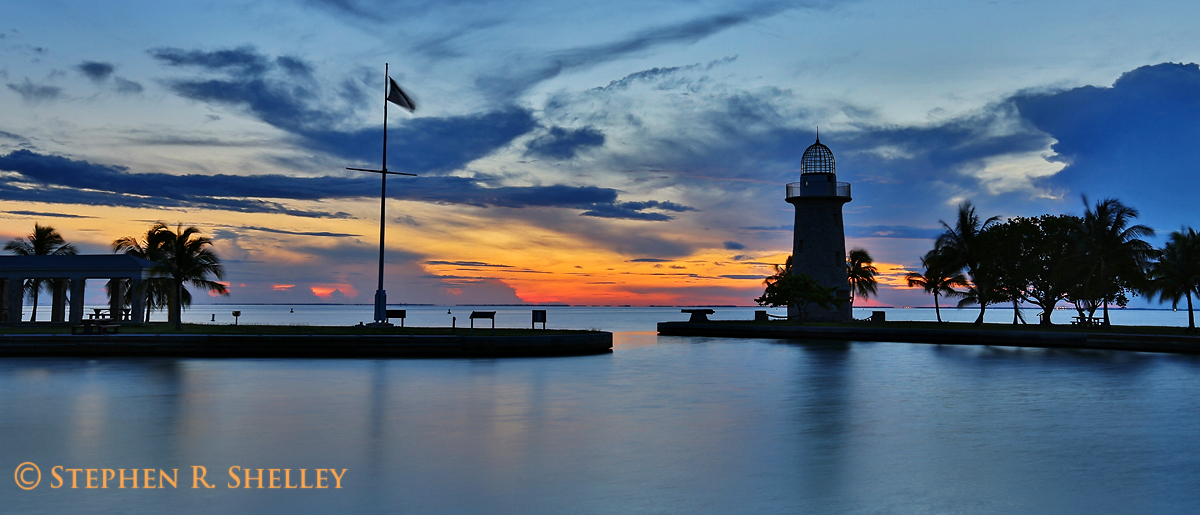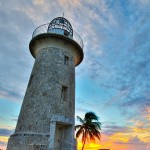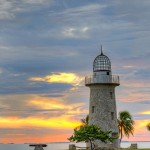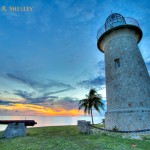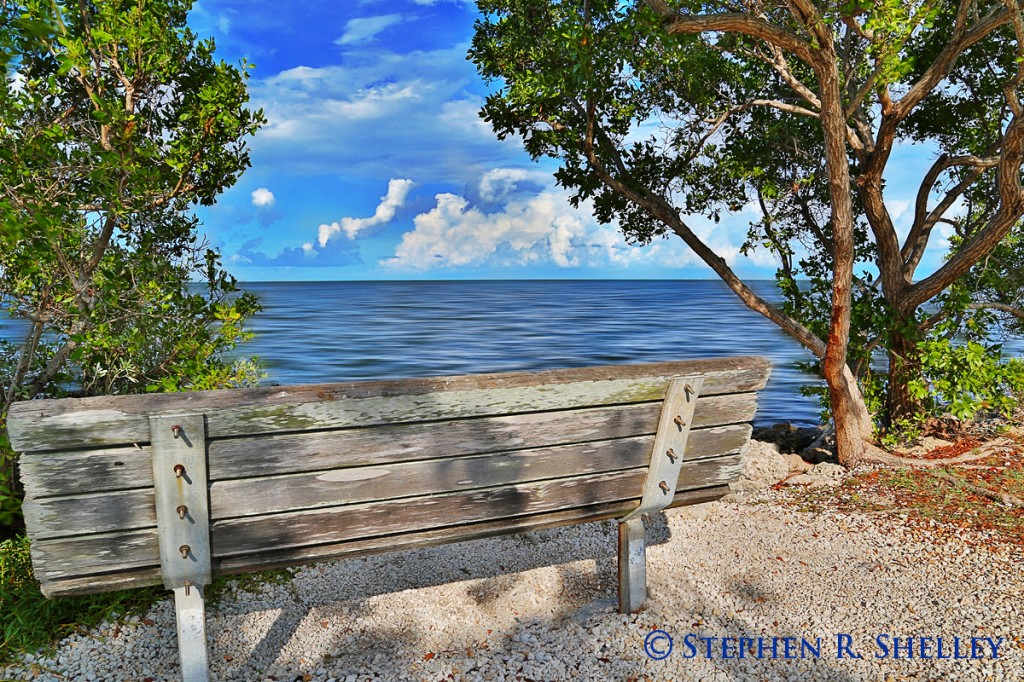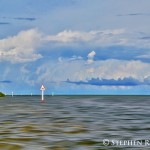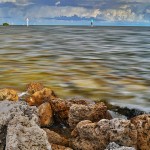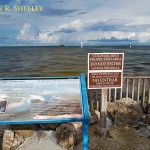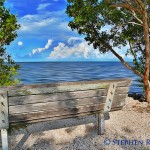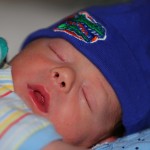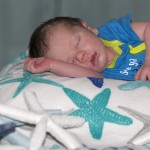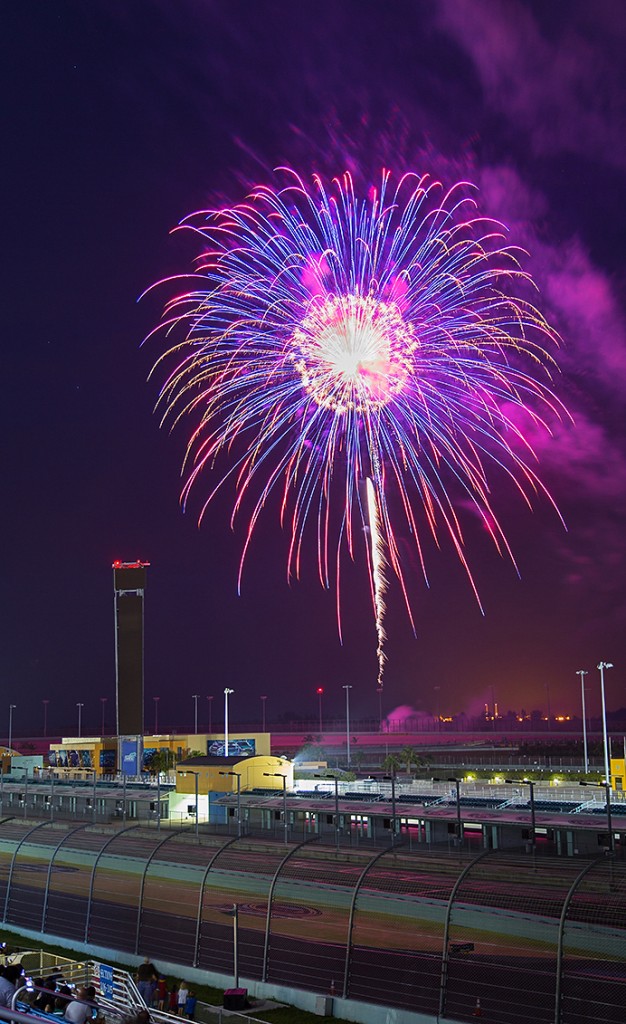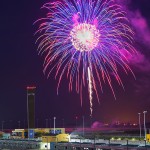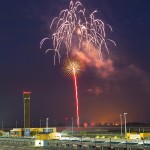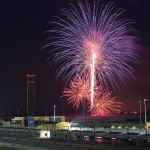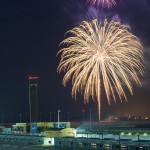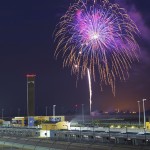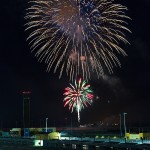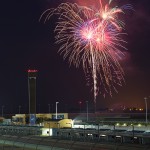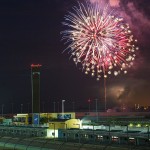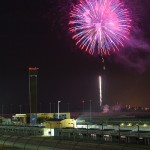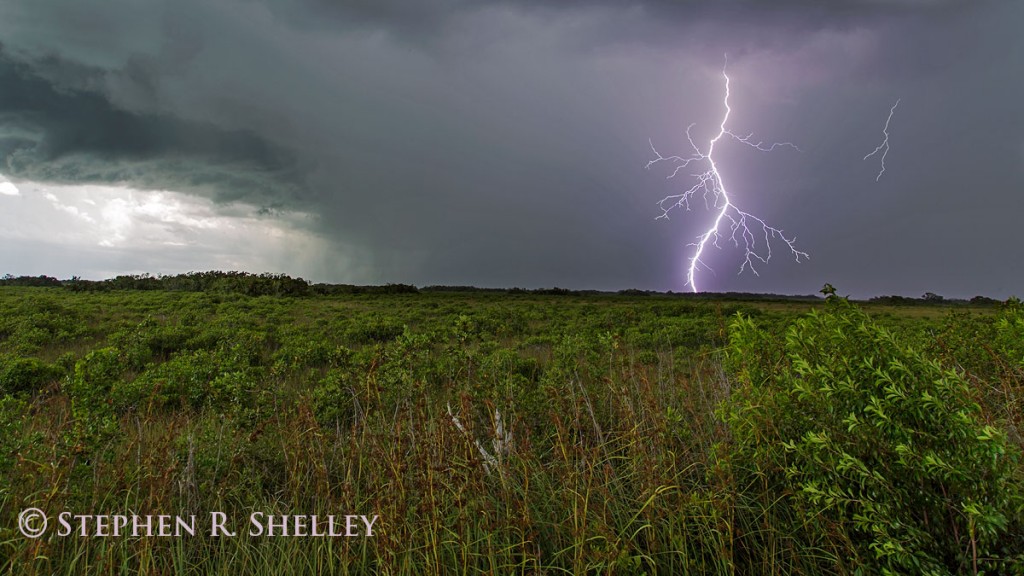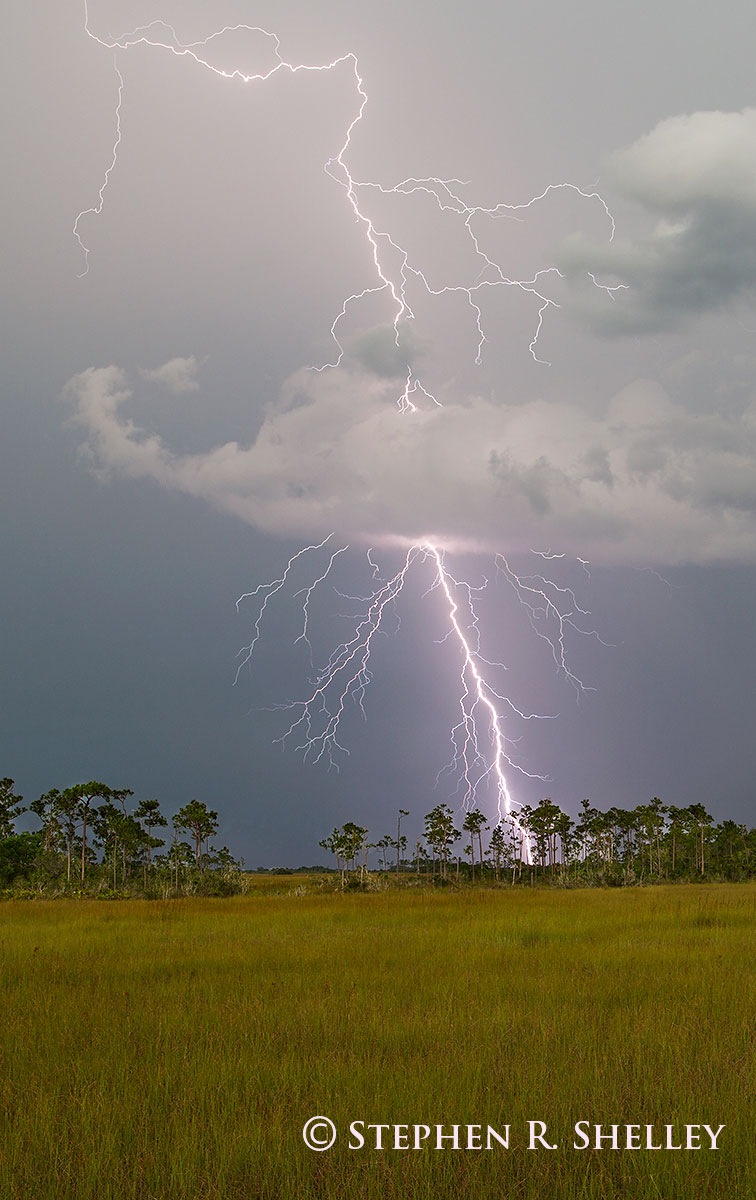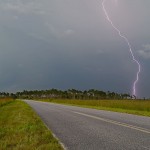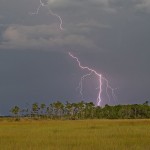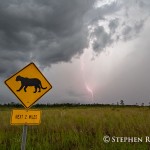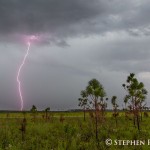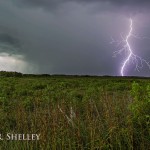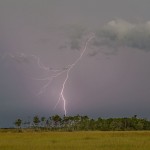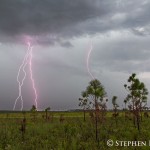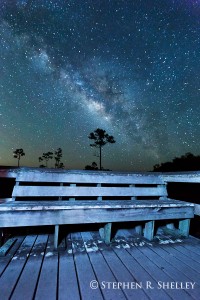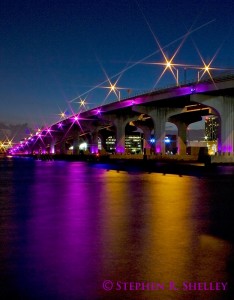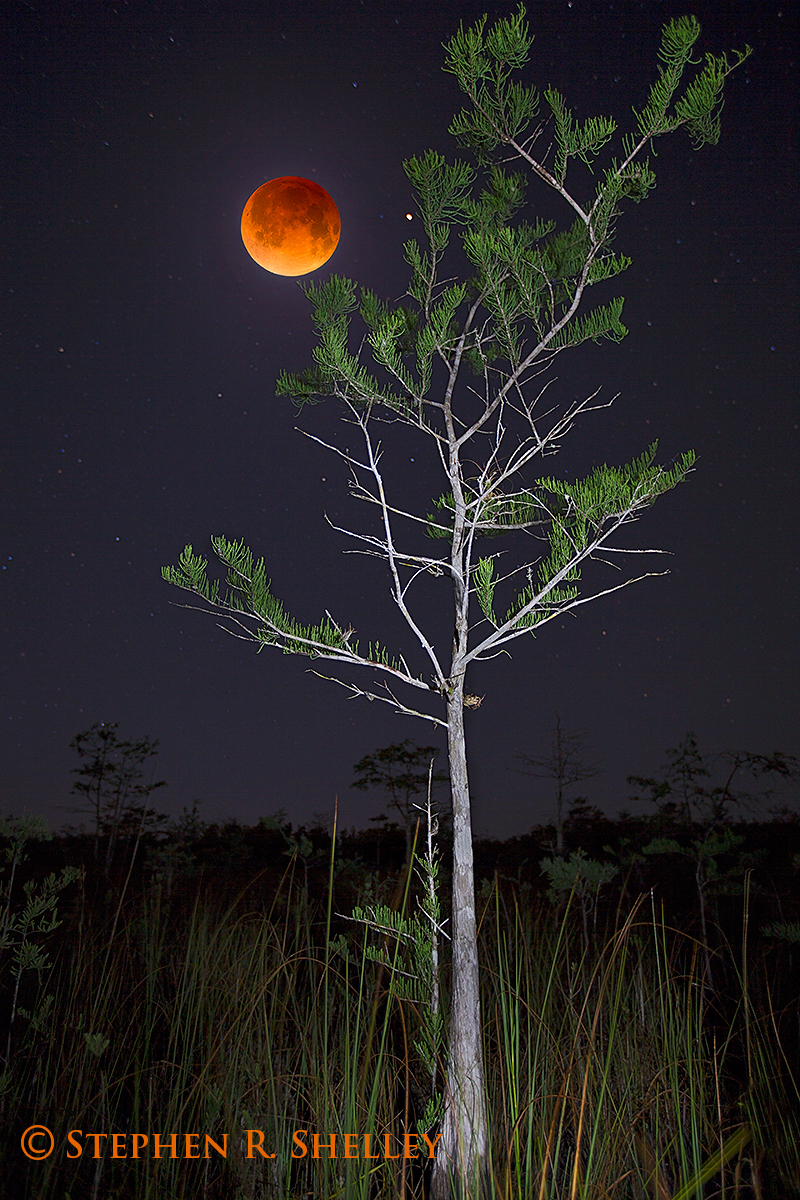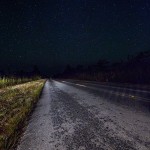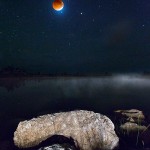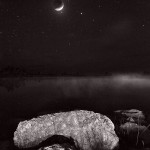I recently decided to try something new and change my photographic perspective. How you might ask? I decided to shoot my subjects from above. While doing some research on a completely unrelated subject, I came across some photos someone had taken of a simple subject from what looked like a high vantage point. I liked the effect and thought it might be something fun to try and add a different feel to some of my images. However, it took me a while to figure out how they had captured the photo. I started researching ways to accomplish this with a camera and found information on Kites, Drones and other crazy and expensive options. And then one day, I finally found the simple answer, build a tall pole to mount my camera onto.
It turns out there are companies dedicated to the sole purpose of building tall poles that one can use to mount their camera onto. The only downside is that these poles and their accessories are not cheap usually ending up somewhere north of $350.00. I couldn’t justify spending this much money for a niche product that I was not sure I would even enjoy using. Therefore, I set out to make my own Photography Pole.
After looking at various options at hardware stores, I settled on an aluminum pool pole. Fully extended it is 16 feet high. To the end I added a 4 foot wooden dowel and then a thread to attach my camera. I now had the ability to shoot from a vantage point above the ground of 20 feet. The next question was would it be sturdy enough to capture a crisp image and more importantly would it be strong enough to keep my expensive camera and lenses from meeting an untimely destruction. Turns out the answer to both questions was yes.
Yesterday I decided to play around with my new toy and see whether or not Pole Photography was something I could put to good use. After some trial and error, I was able to figure out the elements and conditions I needed to create a unique image and captured a few images I liked. I still need to hone my skills using the pole as well as work on the logistical elements of more easily taking a picture when your camera is more than 20 feet above you. Framing, focusing and composition all become very difficult when you cannot look through the viewfinder or physically push the shutter button.
Here are few of my trial and error photos from my efforts. These images were taken in Big Cypress National Preserve.
